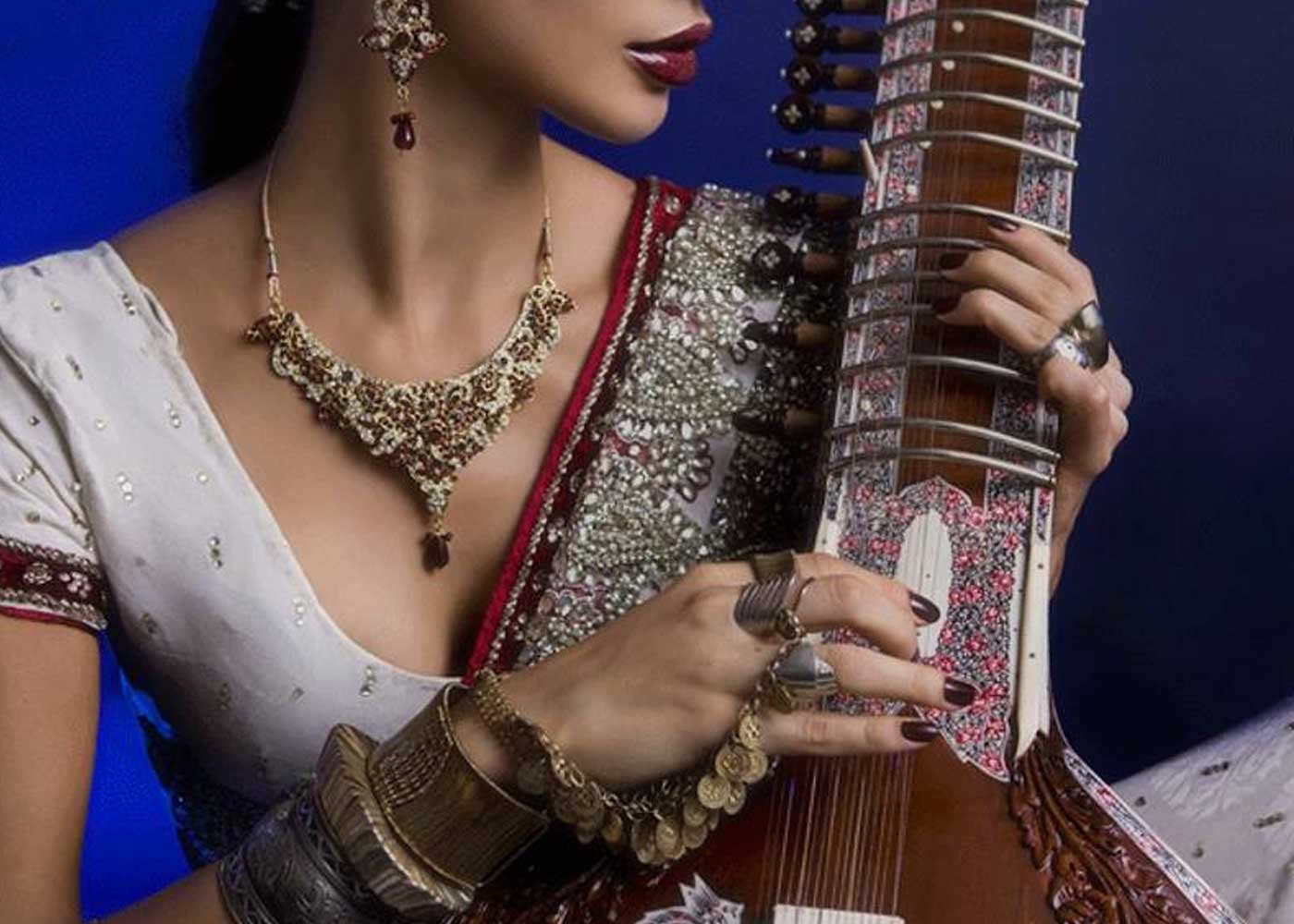
Indian classical music boasts a rich and vibrant history, stretching back millennia. Its unique beauty lies in its intricate melodies, complex rhythms, and emphasis on improvisation. This journey explores the evolution of Indian classical music, from the ancient concept of Ragas to its influence on the modern Indian music scene.
The Seeds are Sown: The Early Days of Ragas
The earliest roots of Indian classical music can be traced back to the Vedic period (1500 BCE – 500 BCE). The chanting of hymns in the Vedas laid the foundation for the concept of Ragas, the melodic frameworks that define Indian classical music. These Ragas are like musical blueprints, each with a unique combination of notes, emotions, and specific times of day for performance.
The Flourishing of Traditions: Hindustani and Carnatic
Around the 12th century CE, Indian classical music diverged into two distinct styles: Hindustani and Carnatic.
- Hindustani music: Flourished in North India, influenced by Persian and Islamic traditions. It emphasizes improvisation and uses a sitar or sarod as the main melodic instrument.
- Carnatic music: Developed in South India, known for its complex rhythmic structures and emphasis on vocal music. It features instruments like the veena and the flute.
The Mughal Era and Beyond: A Golden Age
The Mughal era (1526-1857 CE) witnessed a golden age for Indian classical music. Mughal emperors were patrons of the arts, fostering collaboration between Indian musicians and Persian musicians. This exchange led to the introduction of new instruments and compositional techniques.
The 20th Century and the Rise of Modernity
The 20th century saw a shift in the Indian music scene. With the advent of recording technology and the rise of cinema, new forms of music emerged. However, Indian classical music continued to thrive. Legendary artists like Ravi Shankar and Begum Akhtar brought this rich tradition to a global audience.
The Fusion Revolution: Classical Meets Modern
The latter half of the 20th century witnessed a fascinating phenomenon – the fusion of Indian classical music with modern genres like rock, electronic music, and pop. Pioneering artists like Pandit Jasraj and A.R. Rahman began incorporating classical elements into their compositions, creating a new and exciting soundscape.
The Legacy Lives On: Indian Classical Music Today
Today, Indian classical music enjoys a special status in India. It’s not just a relic of the past; it’s a living tradition that continues to evolve. There’s a renewed interest in learning classical instruments, and many contemporary Indian musicians, from A.R. Rahman to Amit Trivedi, incorporate classical elements into their work. Indian classical music classes continues to be a source of inspiration for countless artists and a cherished part of India’s cultural heritage.
A Journey Without End: Exploring Further
This brief overview merely scratches the surface of the rich tapestry of Indian classical music. If you’re curious to delve deeper, here are some suggestions:
- Explore recordings by legendary artists like Ravi Shankar, Begum Akhtar, and Pt. Bhimsen Joshi.
- Attend live performances by contemporary Indian classical musicians.
- Research the different Indian classical music classes for traditions like Hindustani vocal, Carnatic instrumental, etc.
- Consider learning an Indian classical instrument; many online resources and teachers are available.
The world of Indian classical music awaits your exploration. So, embark on this enriching journey and discover the timeless beauty of Ragas and beyond!
